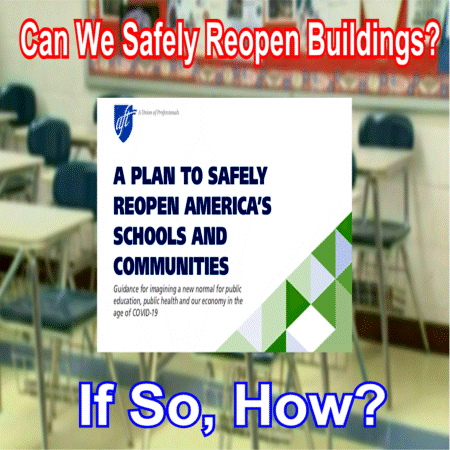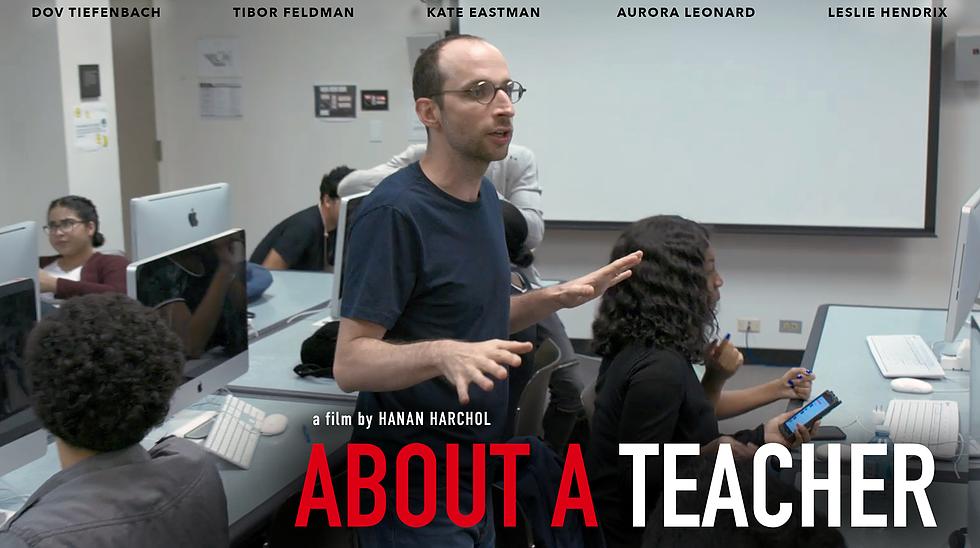USDA Child Nutrition Responses #21–25 - Nutrition (CA Dept of Education)
COVID-19: Child Nutrition Response #21, Nationwide Waiver to Extend Unanticipated School Closure Operations
On April 27 and May 14, 2020, the U.S. Department of Agriculture (USDA) released several Policy Memorandums. The Policy Memorandums announce Child Nutrition Responses which include five waivers that are intended to provide clarification to state agencies and Child Nutrition Programs (CNP) operators during the novel coronavirus (COVID-19) public health emergency. The Policy Memorandums are:
- COVID-19: Child Nutrition Response #21, Nationwide Waiver to Extend Unanticipated School Closure Operations
 (PDF)
(PDF)
This waiver, issued on April 27, allows the California Department of Education (CDE) to establish new deadlines for sponsors to complete their Summer Food Service Program (SFSP) application packets. For Summer 2020, CDE Nutrition Services Division will be working with SFSP sponsors for submissions of their application packets by the following dates:
- New sponsors, the complete application packet should be submitted no later than June 1, 2020.
- Returning sponsors that have not been operating during the emergency and are beginning summer meal service in the traditional manner, should submit their application packets at least 30 days prior to the scheduled first day of operation. For example, if your first meal service date is July 15, then you will need to submit your Child Nutrition Information and Payment System (CNIPS) application packet by June 15.
- Current sponsors operating due to the unanticipated school closure and will be continuing their service through the summer, have until August 30 to complete their mandatory training and update their CNIPS application packet. The extended date is due to the USDA’s response to a CDE waiver requesting additional flexibilities.
- COVID-19: Child Nutrition Response #22, Nationwide Waiver to Allow Non-congregate Feeding in the Child Nutrition Programs—Extension.
This waiver extension allows the National School Lunch Program (NSLP), the School Breakfast Program (SBP), the Child and Adult Care Food Program (CACFP), and the SFSP to waive the congregate feeding requirement. This Extension is effective immediately and remains in effect until August 31, 2020.
- COVID-19: Child Nutrition Response #23, Nationwide Waiver to Allow Meal Service Time Flexibility in the National School Lunch Program, School Breakfast Program, and Child and Adult Care Food Program—Extension.
This waiver extension allows the NSLP, SBP, and the CACFP to waive the meal service time restrictions in each respective program. This Extension is effective immediately and remains in effect until August 31, 2020. Note that the waiver extension does not apply to the Seamless Summer Option (SSO) and SFSP, as these programs received waiver extension through the COVID-19: Child Nutrition Response #17.
- COVID-19: Child Nutrition Response #24, Nationwide Waiver to Allow Meal Pattern Flexibility in the Child Nutrition Programs—Extension.
This waiver extension allows the NSLP, SBP, CACFP, and the SFSP to waive the requirements to serve meals that meet the meal pattern requirements during the health emergency. Operators electing to use this waiver must fill out the waiver application located at Meal Pattern Waiver Application. This extension is effective immediately and remains in effect until June 30, 2020.
- COVID-19: Child Nutrition Response #25, Nationwide Waiver to Allow Parents and Guardians to Pick Up Meals for Children—Extension.
This waiver extension allows the NSLP, SBP, SSO, and SFSP to waive the requirement that program operators must provide meals directly to children, and allows parents and guardians to pick up meals at non-congregate meal sites on behalf of their children. This Extension is effective immediately and remains in effect until August 31, 2020.
For operators that have already received a waiver for non-congregate feeding and meal service time flexibility, you do not need to re-apply for a new waiver. For those operators that have not submitted a request for these flexibilities, you will need to opt in for Waiver numbers 22 and 23. More information on this waiver application will be forthcoming.
Contact Information
For any questions regarding these waivers, please contact your respective program’s County Specialist. The County Specialist for each program can be found in the following Form IDs in the CNIPS Download Forms section:
- SFSP—Form ID SFSP 01.
- NSLP, SBP, and SSO—Form ID Caseload.
- CACFP—Form ID CACFP 01
Questions: Nutrition Services Division | 800-952-5609
USDA Child Nutrition Responses #21–25 - Nutrition (CA Dept of Education)



















